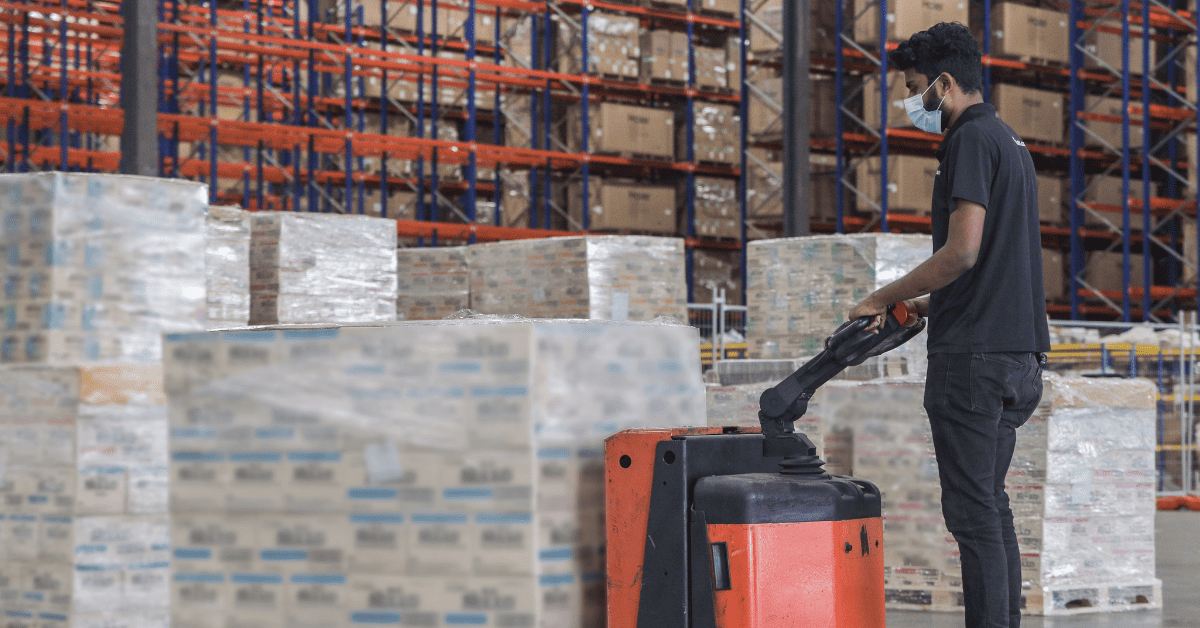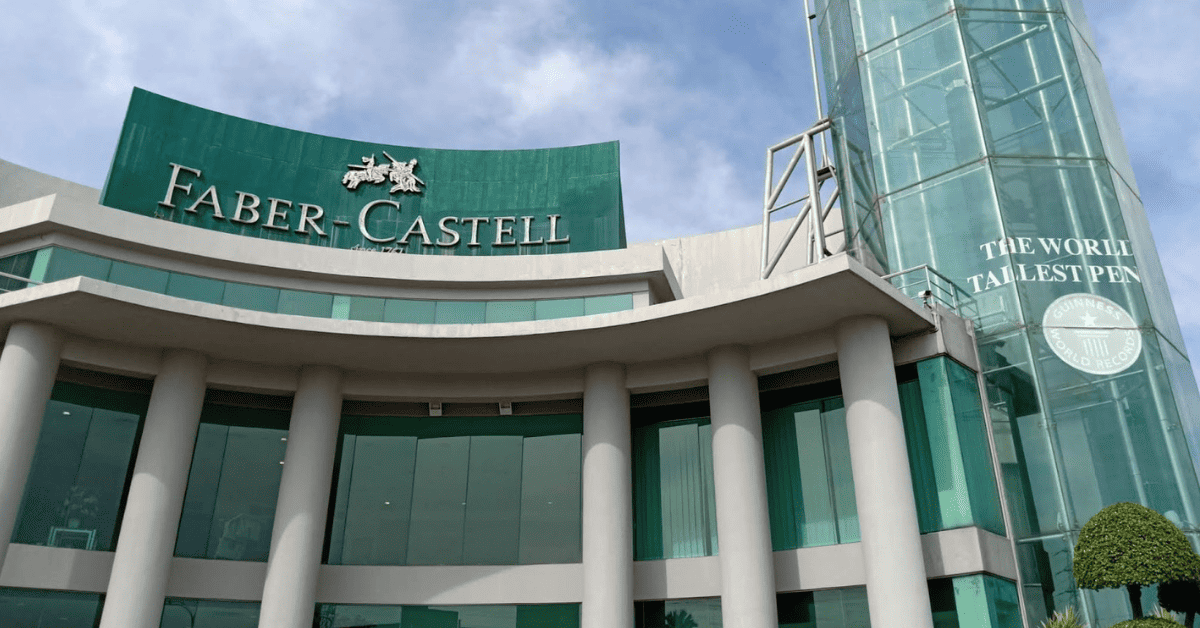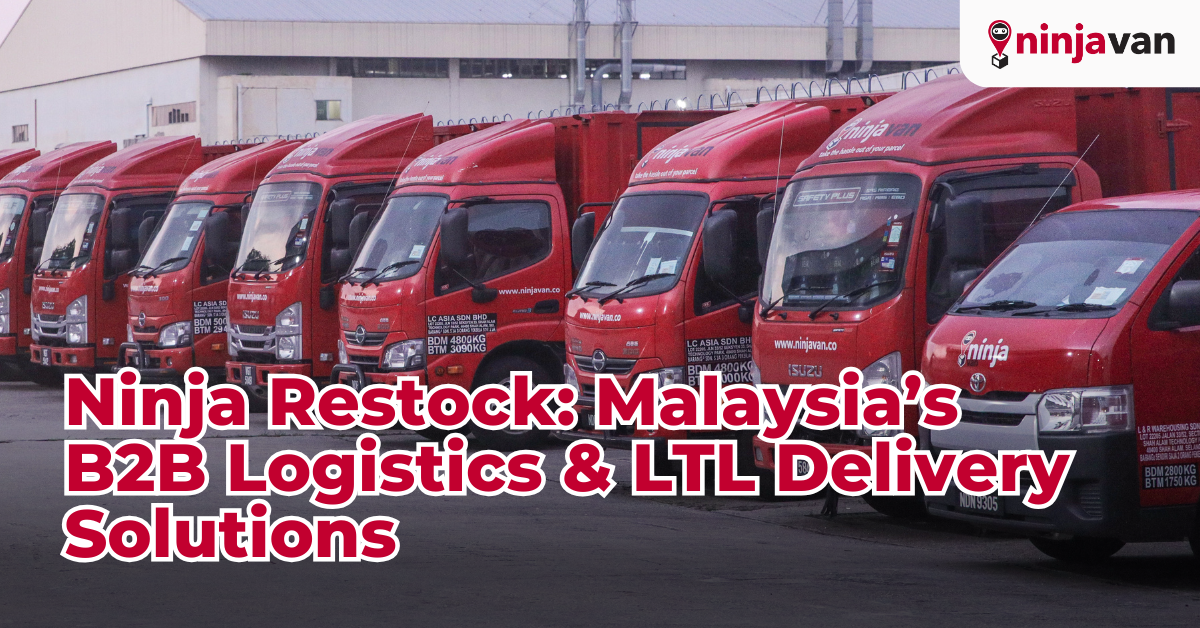Keeping up with Malaysia’s growing B2B demands presents significant challenges for inventory management. Erratic customer demands and unforeseen disruptions can quickly make traditional forecasting methods outdated, leading to costly overstocking or frustrating stockouts. Furthermore, manual inventory control processes are often inefficient and resource-intensive, weakening scalability and sabotaging a business’s ability to scale.
However, a revolutionary approach known as “flexible restocking” offers a path forward to businesses in Malaysia. By leveraging real-time data and automation, flexible restocking empowers businesses to transform their inventory from a liability into a strategic asset, potentially helping smoother operations and sustainable growth. But, the real question is…
Why Is Traditional Inventory Management a Problem to Businesses in 2024?

Traditionally, managing B2B inventory has been a balancing act fraught with risk. Let’s delve into the limitations businesses face with these outdated approaches.
#1. Inaccurate forecasting and missed opportunities
Relying solely on historical data or gut instinct for forecasting can lead businesses down a costly path. Overstocking occurs when projections overestimate demand, tying up capital in excess inventory. This not only impacts cash flow, but also risks product die out and the need for significant markdowns. On the other hand, understocking due to underestimating demand results in stockouts—leading to lost sales, frustrated customers, and potential damage to brand reputation.
#2. Inefficiencies and wasted resources
Manual inventory management processes are prone to human error, leading to inaccurate stock counts and wasted time. Oftentimes, these manual processes require significant manpower for tasks like data entry, order fulfilment, and cycle counting. These inefficiencies drive up labour costs and leave room for discrepancies in stock levels, which could be better utilised for growth initiatives. Not to forget, maintaining optimal stock levels across a diverse product range is a complex task. Traditional methods lack the flexibility to adapt to individual product lifecycles and seasonal fluctuations.
#3. Limited scalability and growth constraints
Traditional inventory management struggles to respond to dynamic market demands. Businesses with traditional inventory management are limited by rigid reorder points and lack the agility to respond to sudden shifts in customer preferences or new product launches. This inflexibility becomes a major hurdle when scaling operations and capitalising on new opportunities to stay competitive. Expanding product lines or entering new markets in Malaysia requires extensive adjustments to inventory management processes. Traditional methods often lack the swiftness to adjust stock levels efficiently, creating roadblocks for growth.
How Is Flexible Restocking Better? What Are the Impacts?

Traditional limitations become a thing of the past with the revolutionary approach of flexible restocking. This innovative approach unlocks a range of benefits that empower B2B businesses in Malaysia to thrive in today’s dynamic market.
#1. Streamlined inventory control and reduced costs
Flexible restocking leverages the power of real-time data to revolutionise inventory management in supply chain management. Here’s how:
- Accurate forecasting: By analysing real-time sales trends, customer behaviour, and market fluctuations, flexible restocking generates more accurate forecasts. This minimises the risk of overstocking and understocking.
- Automated inventory management systems: Automated systems manage inventory levels with incredible efficiency. They track stock movement, trigger automatic reorders when necessary, and eliminate the need for manual processes, which reduces human error, saves time, and cuts down on labour costs associated with traditional inventory management.
#2. Improved customer service and enhanced relationships
Imagine never having to tell a customer you’re out of stock! Flexible restocking ensures consistent product availability, a win-win situation for both you and your customers:
- Consistent product availability: By maintaining optimal stock levels at all times, your business can virtually eliminate stockouts. This translates to higher customer satisfaction, as your clients can rely on you to consistently have the products they need.
- Stronger supplier-buyer relationships: Improved inventory management fosters trust with your suppliers. They can rely on your accurate forecasts, which allows them to optimise their production schedules and ensure timely deliveries.
#3. Scalability and agility for sustainable growth
Adaptability is key. Here’s how flexible restocking empowers you to scale seamlessly:
- Efficient fluctuation management: Fluctuating demand is no longer a nightmare. Flexible restocking allows you to adjust stock levels quickly based on real-time data, ensuring you’re always prepared.
- Proactive scaling strategy: With a clear understanding of demand trends, you can proactively adjust your inventory strategy to support business growth. Flexible restocking empowers you to scale operations seamlessly without worrying about stock outs or excess inventory.
How Malaysian Businesses Benefited from Flexible Restocking

Imagine a thriving Malaysian B2B distributor yourself facing the challenges of traditional inventory management, frustrating your loyal customers and clienteles, and jeopardising their reputation. Here’s how flexible restocking could revolutionise their operations:
- Better inventory management: By leveraging real-time data on product usage and trends, you can implement automated inventory management systems. This ensures optimal stock levels across various product models, eliminating stockouts and the need for manual processes.
- Happy clients, happy business: Consistent availability of product translates to satisfied clients who can efficiently service their customers. This not only strengthens your business’ customer relationships but also fosters positive word-of-mouth recommendations, potentially attracting new clients.
- Growth on autopilot: With the burden of manual inventory management lifted, you can focus on strategic growth initiatives. The agility of flexible restocking allows them to scale their inventory efficiently as their business expands to new regions or caters to a wider range of products and launches.
Although this is just a theoretical example, the potential benefits are very real. Several Malaysian B2B companies across diverse industries have successfully implemented flexible restocking solutions—such as HLA, Faber-Castell and Under Armour—experiencing significant improvements in inventory management, customer satisfaction, and ultimately, sustainable growth in the dynamic Malaysian marketplace.
So, Is Your Inventory a Liability or an Asset?

What if your inventory could be a strategic asset? No matter what industry your business falls into—apparel, stationeries, or retail—flexible restocking will always offer a revolutionary approach that leverages real-time data and automation to transform your inventory management. This translates to:
- Streamlined operations and reduced costs
- Improved customer satisfaction and stronger supplier relationships
- The agility to adapt to fluctuating demand and scale your business seamlessly
So, don’t let your inventory hold you back. Unlock its hidden potential!
Explore flexible restocking solutions and empower your B2B business to achieve sustainable growth. Contact us today to learn more about the options available and take control of your inventory today!








